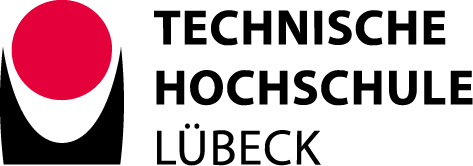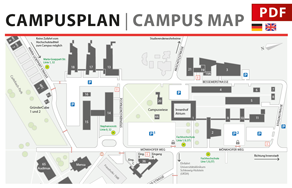The CoSA seminar will be held on August, 23rd 2022 at 11:45am hybrid.
Presence: Room 25-2.16
Virtual:CoSA - Seminar (The web conference will be unlocked for attendees at approximately 11:30am).
We have planned the following presentations:
- Dr. Arturs Aboltins (Senior researcher, Associate professor; Institute of Radioelectronics; Riga Technical University; Latvia (Lettland)):Software-defined radio implementation of chaos-based spread-spectrum communication systems
- Sven Ole Schmidt: SALOS - a UWB Single Anchor Localization System based on CIR-vectors - Design and Evaluation
Presentations will last approximately 20 minutes followed by 10 minutes of discussion. We look forward to a lively and active participation.
The seminars can also be found at https://www.th-luebeck.de/cosa/. If you would like to offer a talk as well, please feel free to contact us (fabian.john(at)th-luebeck.de).
Dr. Arturs Aboltins: Software-defined radio implementation of chaos-based spread-spectrum communication systems
This 30-minute presentation is devoted to the software-defined radio (SDR) and MATLAB Simulink-based implementation of spread-spectrum data communication systems employing nonlinear phenomena and chaos for the generation, synchronization, and security. This novel and perspective class of spread-spectrum systems, for the first time, employs chaotic synchronization instead of cross-correlation for the acquisition and tracking of the spreading signal. In the first part of the given presentation, key spread-spectrum concepts and implementation details are provided, whereas the second part is devoted to the discussion of the achieved results and demonstrates that given systems fit well with low-speed long-range wireless sensor network (WSN) applications.
Acknowledgment: This talk has been supported by the European Regional Development Fund within Activity 1.1.1.2 “Post-doctoral Research Aid” of the Specific Aid Objective 1.1.1 “To increase the research and innovative capacity of scientific institutions of Latvia and the ability to attract external financing, investing in human resources and infrastructure” of the Operational Programme “Growth and Employment” (No.1.1.1.2/ VIAA/2/18/345), and by the Riga Technical University 2021/2022 project for strengthening scientific personnel capacity Nr. ZM-2021/1, "FPGA-based chaotic wireless communication system.
Sven Ole Schmidt: SALOS - a UWB Single Anchor Localization System based on CIR-vectors - Design and Evaluation
Single anchor localization systems with radio-frequency (RF) signals provide a position estimation for indoor environments and have unique challenges. For such a position estimation, angle and distance measurements are required. Whereas distance measurements are a standard in RF localization systems, angular measurements require either multi-antenna systems or selective shadowing with mechanical rotation, which is complex and costly. Another approach for resolving the ambiguity of pure distance measurements is the use of multipath propagation when the location of the anchor and the geometry of the indoor environment is given. Multipath information is available by channel impulse response (CIR) measurements. The concept of CIR-vectors for position characterization is already introduced but is not yet evaluated in real systems. A comparison of similarity metrics has not been investigated for a setup with off-the-shelf hardware. We introduce our system SALOS, a localization approach to convert real measurements into CIR-vectors and provide similarity metrics for comparison. We introduce a standard ℓ1-norm, advanced ℓ1-norm, and ℓ1-norm based on the sliding window. We perform 3-dimensional measurements with Qorvo’s DW1000 RF chip in a grid. To increase the resolution distinct transmission bands are assembled. We modeled the expected results of the CIR-vectors based on an optimal anchor positioning and designed several similarity metrics. We evaluate the resulting position estimation. In the best case, SALOS estimates 70% of correct positions for the sliding window ℓ1-norm. For this case, the assessment of ambiguity, our proposed metric to quantify the demand for external information, of 0.89 is reached.


